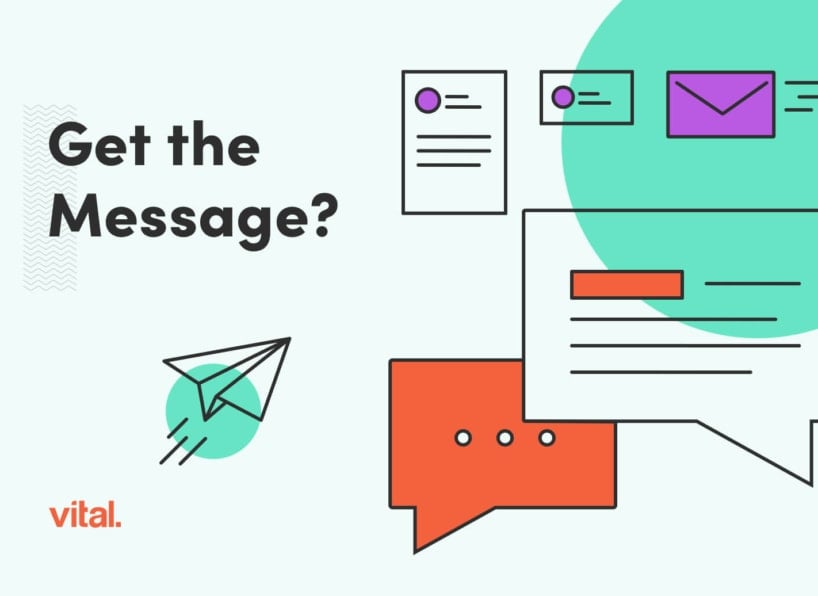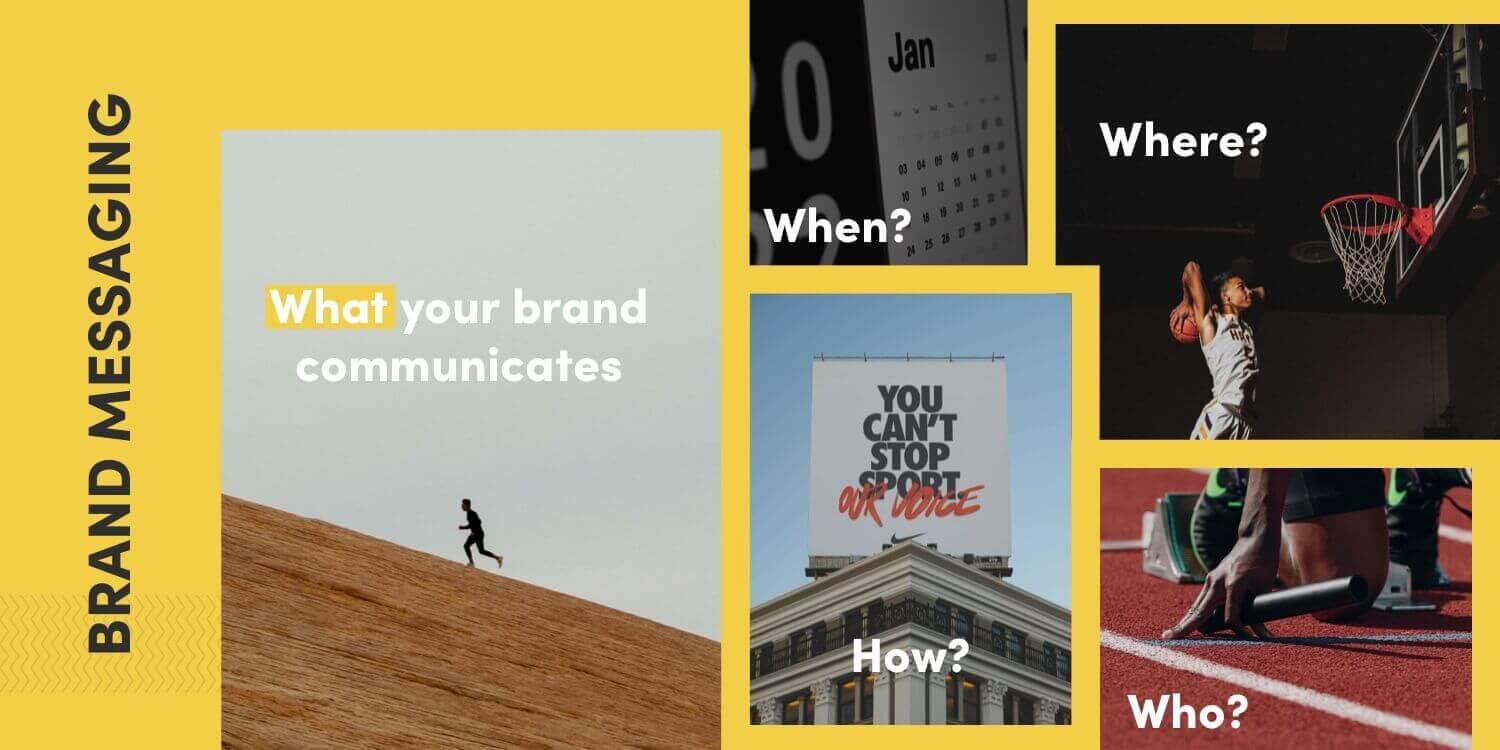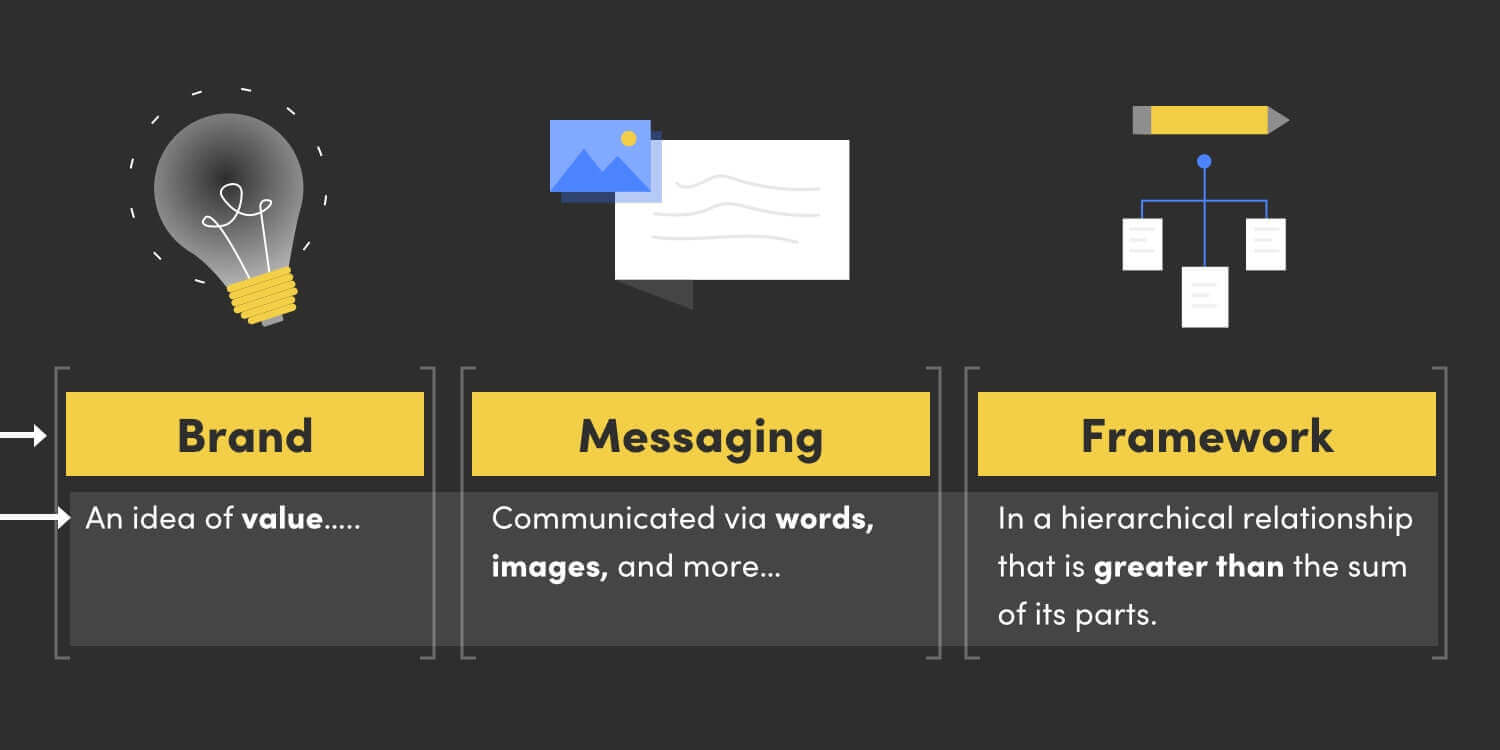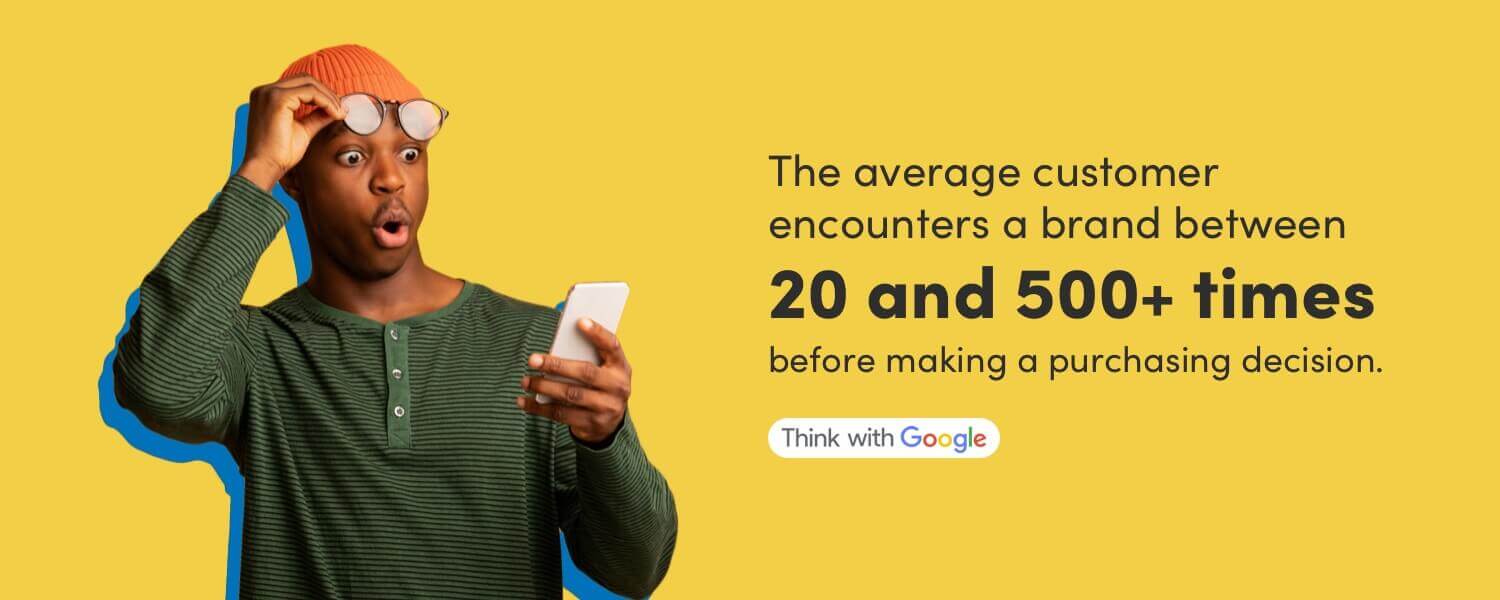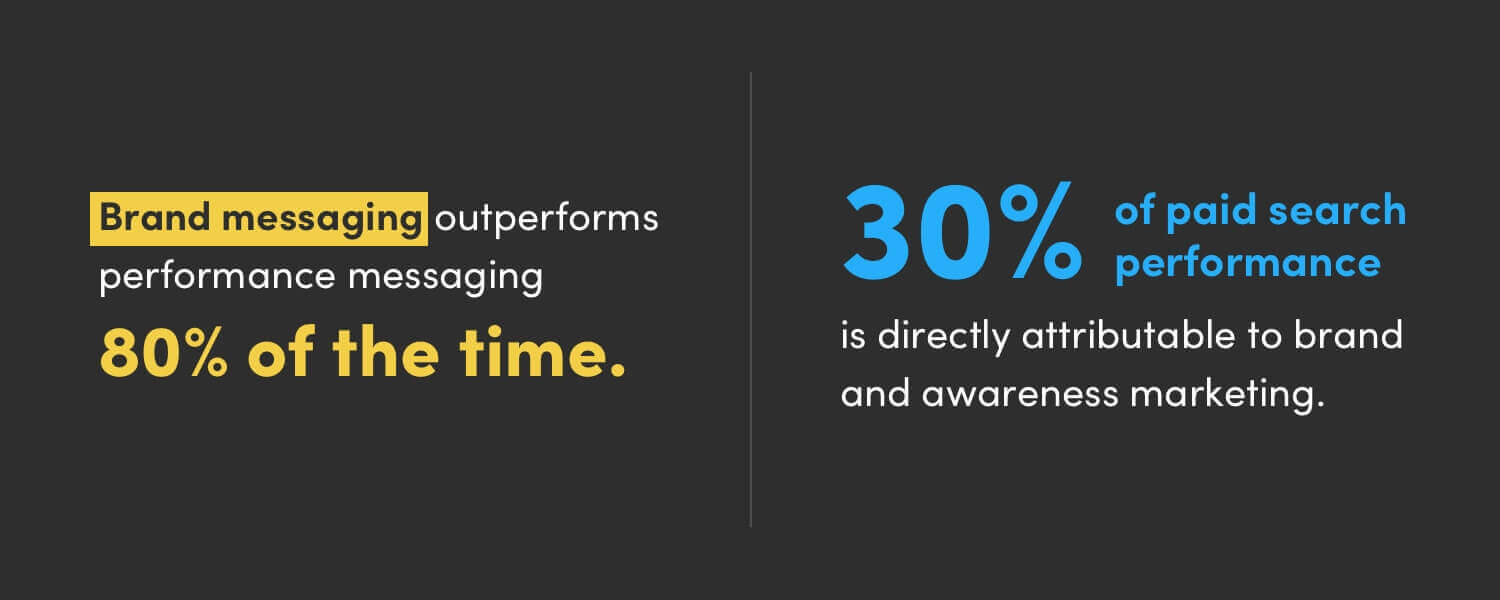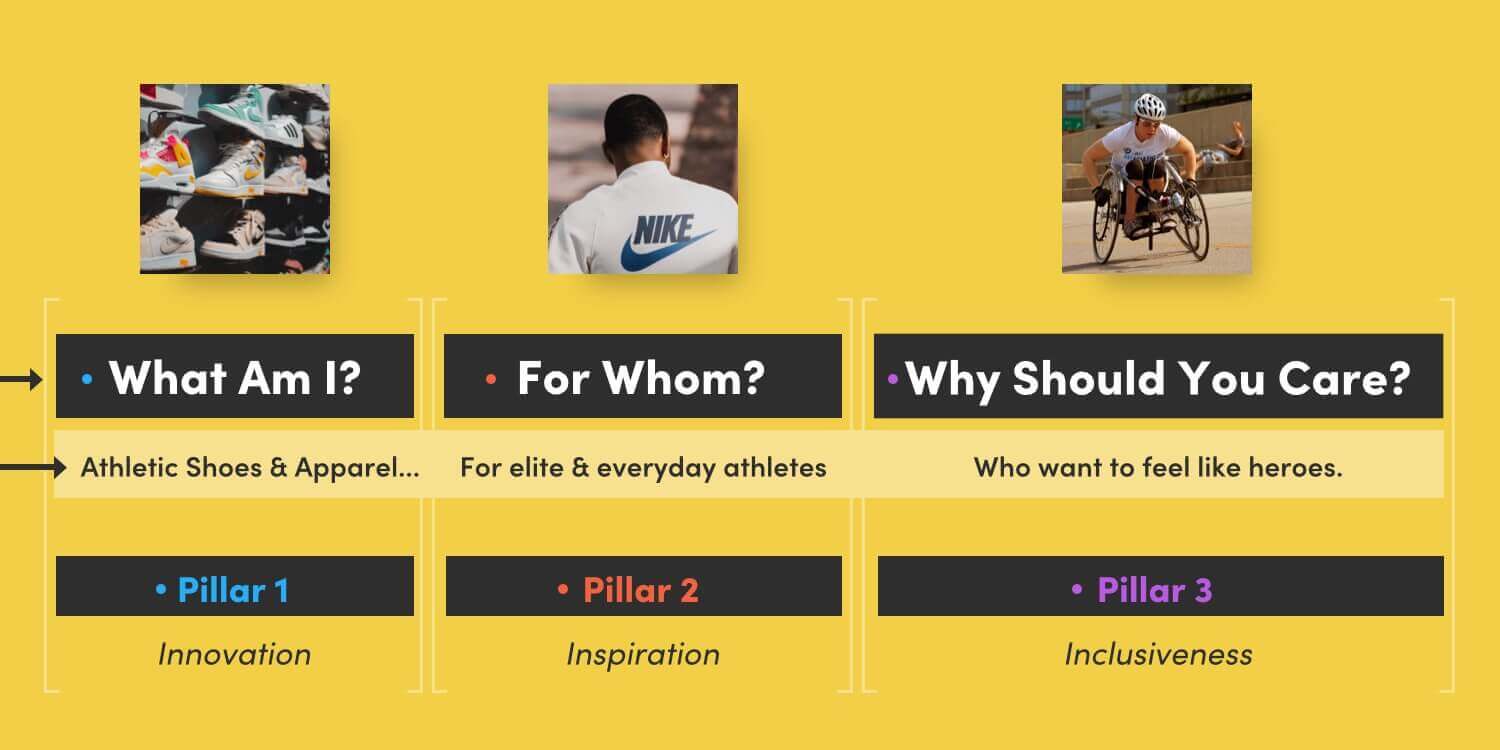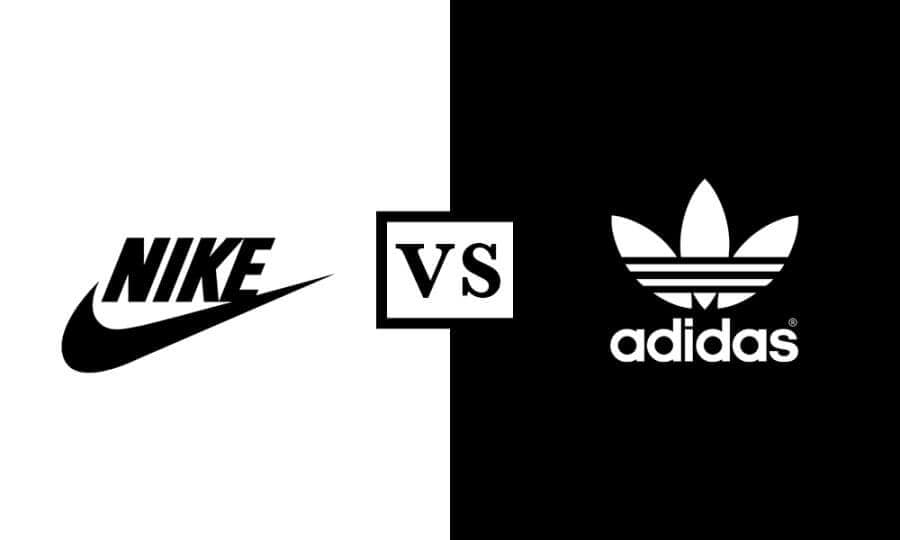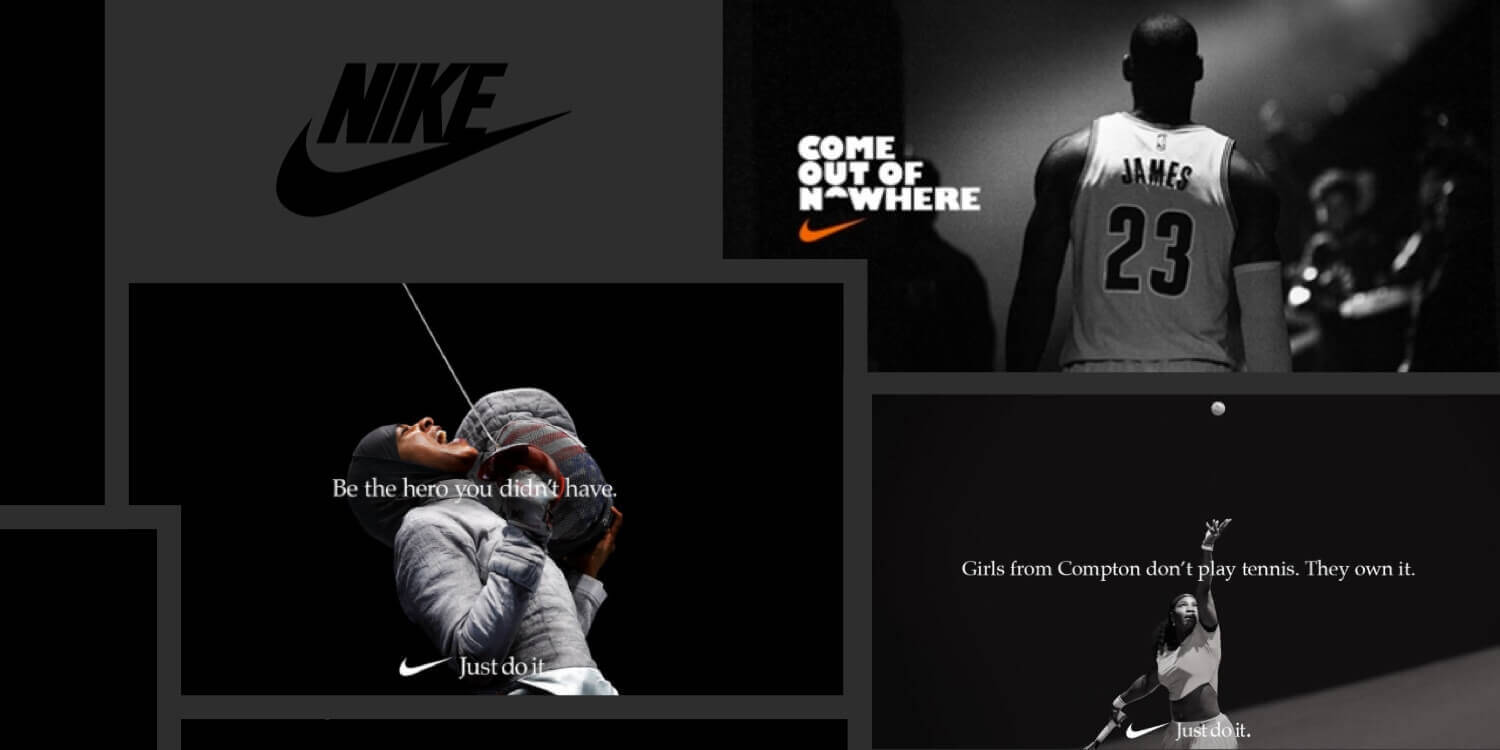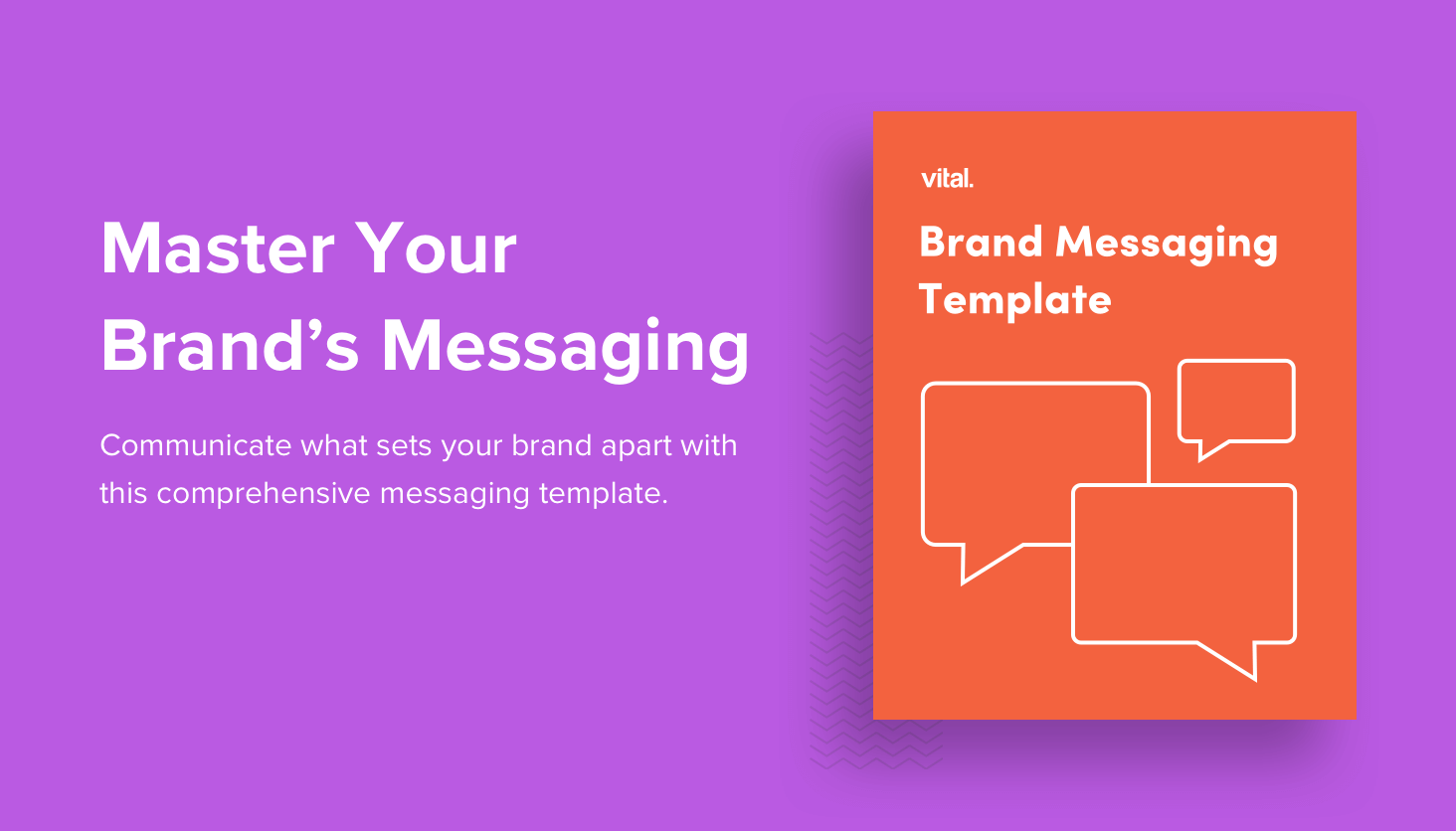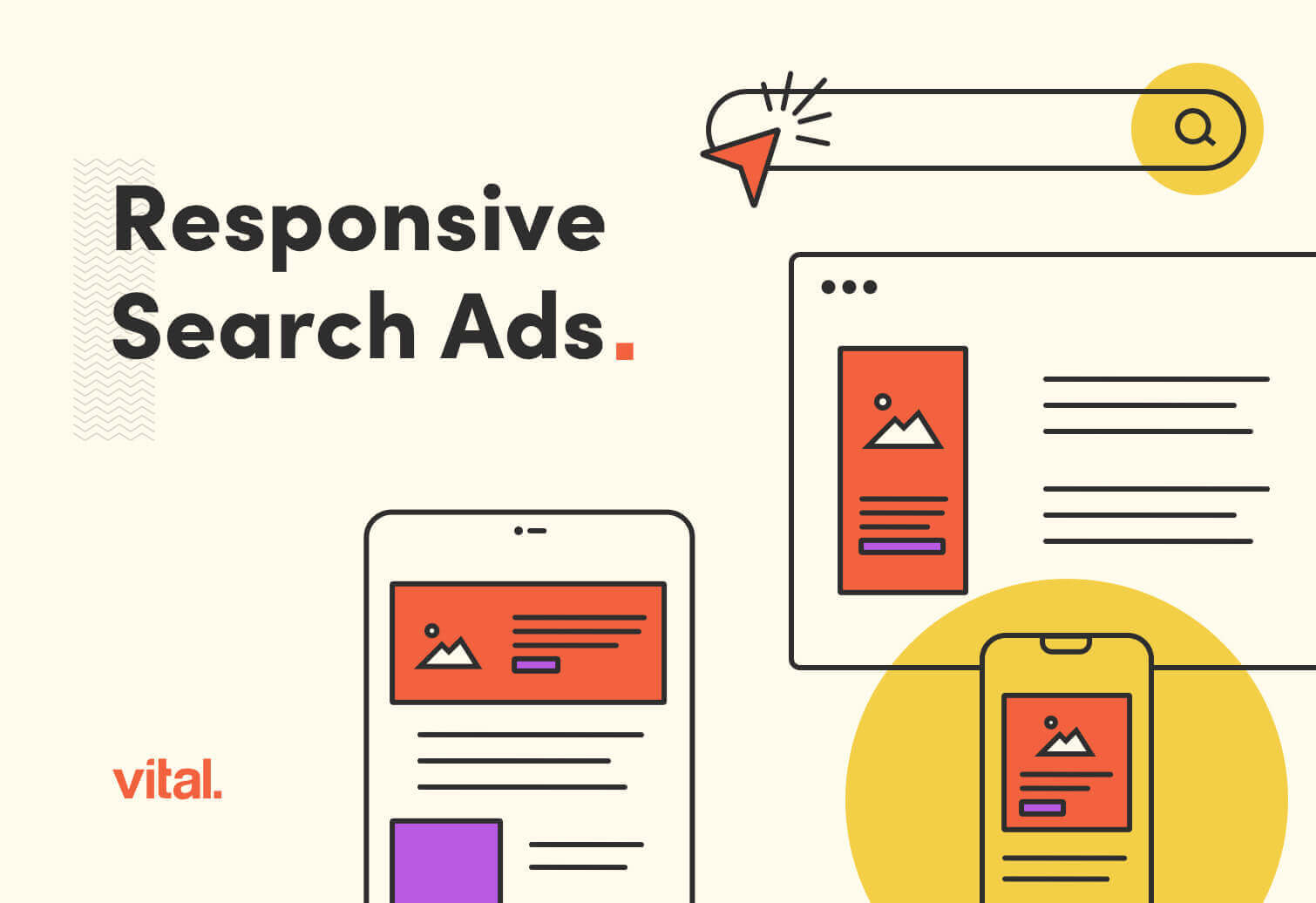When Nike unveiled its now-iconic “Swoosh” logo in 1971, it was way behind Adidas, which had been using its three-stripe logo since 1952. More than that, Adidias was by far the leading global athletic footwear brand at the time. Yet as of 2022, Nike had outperformed Adidas by more than $23 billion in revenue.
What gives?
There’s a lot going on behind the curtain, but the truth is simple: Nike is a more valuable brand than Adidas. And that has a lot to do with the company’s success with their messaging.
Don’t believe me? What’s Adidas’ slogan?
Even if you nailed it (“Impossible Is Nothing”), you’d probably agree that “Just Do It” is more widely recognized, remembered, and identified with by consumers worldwide.
A slogan is just one part of a brand’s messaging. When done well, a slogan captures the essence of what a brand stands for in the hearts and minds of its audience. But even the greatest of slogans can’t carry a brand all by itself. That’s where a brand messaging framework comes in.
While I can’t promise this blog post will help you turn your brand into the next Nike, it’s a good bet that taking the time to understand, create, and implement an effective brand messaging framework will increase your brand equity while lowering your overall marketing costs — among other benefits, like a more unified, purpose-driven internal team. So let’s get down to business.
What Is a Brand Messaging Framework?
Also known as a “brand messaging hierarchy” or simply “brand messaging guidelines,” a brand messaging framework is a document that defines:
- What your brand communicates…
- When…
- Where…
- How…
- And to what audience.
But wait! What exactly is a brand, anyway?
There are lots of great answers to that question (Google it), but for our purposes:
A brand is the idea of value that leads customers to pay more (time, money, or effort) for your goods or services compared to your competitors.
For maximum impact, that idea of value should be:
- Simple and instantly understandable
- Unique and ownable within your market category
- Relevant to the aspirations, needs, and/or pain points of your audience
Those three qualities of a brand help make it memorable, repeatable, and tough for competitors to steal. (Unlike, say, a list of your product’s features and functionality.)
Cool. So what’s a messaging framework as it relates to your brand?
Messaging is how your brand communicates that idea of value through words, visuals, and other media. (Like the music in a commercial.)
A framework defines how different aspects of your brand’s messaging relate to each other so that everything builds on or reinforces that single idea of value.
Why Is a Brand Messaging Framework Important?
You may have heard the oft-repeated claim that it takes eight customer touchpoints to create a sale. But that stat only applies to outbound prospecting tactics like cold calling and setting sales appointments. When it comes to the inbound, online buyer’s journey, Think With Google reports that the average customer encounters a brand between 20 and 500+ times before making a purchasing decision.
The reality is, whether you sell primarily online or offline, or through inbound or outbound tactics, you are rarely (if ever) going to give your pitch once and sit back as your prospect opens their wallet. And, with potential customers encountering your brand through so many different touchpoints, it’s more important than ever that each touchpoint reinforces your brand’s unique value. A brand messaging framework helps ensure that, whether they’re watching a YouTube ad or talking to a member of your sales team, your audience gets the same, powerful message about why your brand is right for them.
Want proof that brand messaging is worth the investment? You got it.
According to the 2023 ROI Genome Insight Report from Analytic Partners, brand messaging outperforms performance messaging 80% of the time, and 30% of paid search performance is directly attributable to brand and awareness marketing. (Another 30-60% is due to non-marketing factors like seasonality and trends.)
Why the big numbers?
An effective brand messaging framework empowers you to:
- Create and scale assets and customer experiences that reinforce your brand
- Align your sales and marketing teams
- Efficiently launch campaigns while ensuring brand consistency
- Tailor your messaging to different audience segments, platforms, and points along the customer journey while building brand awareness and equity
- Improve talent acquisition and retention by orienting your entire organization around a purpose-built rallying cry
- …And generally make a bigger brand splash for less cash
What Teams Should Use a Brand Messaging Framework?
If this whole thing sounds like a copywriter nerding out, that’s because I’m a copywriter, and I’m over here nerding out — but your messaging framework should be shared (and used) far beyond your in-house or outsourced writing team.
When we create a brand messaging framework for a client at Vital, it typically gets used by…
- Marketing teams to plan content calendars and inform overall marketing strategy.
- Sales teams to nail their talking points, pitches, and other sales tactics.
- HR teams to align internal communications and other activities with brand values.
- Design teams to make sure your brand’s visual identity reinforces its messaging.
- Web development teams to create user experiences that prioritize your messaging hierarchy.
- Digital marketing specialists to design pay-per-click campaigns, search engine optimization (SEO) strategies, and more that deliver your brand’s core message.
- Oh, yeah, and copywriters, too.
What Are the Components of a Brand Messaging Framework?
The short answer to this question is: Every framework will contain a different set of messages, depending on the brand. But that’s not very helpful. At Vital, most of our frameworks include the following components:
- Core message
- Message map
- Brand essence or slogan
- Brand story
- Why choose
- Core benefits
- Mission & Purpose
- Core Values
- Personality
- Voice
Protip: Before you get started on any brand messaging work, be sure you understand your audience. At Vital, we interview customers to create buyer personas as a foundation for our messaging guidelines.
Core message
This is a highly functional message that communicates your brand’s market category (what you are), your audience (whom you’re for), and your primary benefit (why your audience should care). Your core message should be super simple and easy to understand, so your audience can immediately sort themselves into the “this brand is for me” category.
Message Map
Your message map extends your core message by supporting it with 3-5 unique capabilities, approaches, or other aspects of your brand. (These are sometimes called “brand pillars.”)
Brand Essence or Slogan
Where your core message is primarily functional (meaning it tells your audience the most important basics of your brand), your brand essence distills that core message into a short, catchy, emotionally resonant “rallying cry” — it shows your audience what your brand stands for. It is the one thing you want your audience to think and/or feel whenever they encounter your brand. This can be the hardest part of your messaging framework to get right. Take your time, get creative, and don’t be afraid to run some good, old-fashioned A/B tests.
Brand Story
This term gets tossed around a lot, and it means different things to different people. At Vital, we use it pretty literally: This is the story of how your brand got started, what major changes it’s gone through, and where it’s headed in the future. The purpose of telling this story is to communicate what problems your brand was designed to solve, why the people behind your brand are the right people to solve those problems, and what inspires you to keep innovating. (You are still innovating, right?)
Why Choose
Here’s where you get to reposition the competition, with a short paragraph and/or some bullet points about why prospects should choose your brand. It might contain statements like: “We are the only brand that ____” or “Unlike other brands that ____, we _____.” This is similar to a unique selling proposition.
Core Benefits
Your core benefits act as the evidence to back up your “why choose” claims. The number of benefits will vary, but you’re looking for things that are unique to your brand that improve your audience’s lives in some way they care about.
Protip: Be sure to focus on benefits, which are about your audience, rather than features, which are about your brand. When we run brand messaging workshops, it’s not unusual for clients to answer something like: “Our people’s expertise,” when we ask them to name a core benefit. That’s a feature. How does your people’s expertise improve your audience’s lives?
That’s a benefit.
Double Protip: If you really want to drill down into your core benefits — the ones people care about most at the end of the day — try this tried-and-true copywriter’s technique sometimes known as “nesting.” Ask yourself, “What’s the benefit of that benefit?” Keep going until you can’t think of any more “nested” benefits, and you’ve hit bedrock.
Mission & Purpose
We group these together because they both get used to orient your internal team and inspire your audience to build connections to your brand based on shared values. The difference between the two is: Your mission statement is about what you do, and your purpose statement is about why you do it.
Core Values
Your brand’s core values are the set of beliefs, attitudes, and behaviors that serve as a litmus test for organizational decision-making. At Vital, we take core values a step further to reinforce your brand. That means we only include values that contribute directly to your “why choose” or your unique selling proposition. For example, any company might choose “integrity” as a value they believe in. But integrity only makes the cut as a core value if it is essential to your competitive difference.
Personality
Your brand’s personality is a great way to differentiate yourself from the competition, especially if you’re operating in a market with a lot of parity when it comes to features and functionality. Your personality should reflect your audience’s desires. What kind of person do they want to be? Who do they want to be around? Define and exude a personality that’s attractive and relatable to your audience.
Voice
Your brand voice is just what it sounds like: the way you “talk” to your audience through your writing style. Brand voice is one aspect of personality, and it’s worth taking the time to define some parameters around voice so your writing team is empowered to extend your core messages while remaining on brand.
How to Use a Brand Messaging Framework
Creating a brand messaging framework is great fun (really!), but it’s fun with a purpose. Every single aspect of your messaging can and should be put into practice to improve brand awareness, generate demand, and move the needle on your key performance indicators (KPIs) like clicks and conversion rates. (And, of course, sales and revenue.)
Here’s how to do it:
- Baseline your KPIs. Before you make any changes to your messaging, take stock of where you’re at with whatever metrics have the biggest impact on your business’ success.
- Test your messaging with short-term, measurable tactics. We like pay-per-click ad campaigns for this purpose.
- Measure, tweak, repeat. How are those PPC campaigns performing with your new messaging? Better? Double down. Worse or neutral? Sorry, you didn’t nail it. Keep going until you do.
- Roll out your new messaging on your website, your social media profiles, your sales scripts and materials, and any other foundational communications platforms.
- Extend your messaging into your broader marketing strategy. Keep evolving those pay-per-click (PPC) ad creative and landing pages; align your content marketing campaigns; create a new “About Us” video; and so on.
- Stay on top of your data. If you seem to be losing momentum, it may be time to do some conversion rate optimization, spit-shine your visual identity, or tweak that messaging again.
While your messaging framework should be a living document that changes over time, be careful not to be too reactive. Balancing long-term discipline with data-driven optimization will help you get the most traction from your new messaging.
Bonus! Brand Messaging Framework Example
Our brand strategy team creates brand messaging guidelines for dozens of brands every year. We thought it would be fun to reverse-engineer an example based on a brand everyone knows and loves. Which brings us back to where we started.
Core Message:
Athletic shoes and apparel for elite and everyday athletes who want to feel like heroes.
Message Map:
Brand Essence or Slogan:
Just Do It.
Brand Story:
We’ve spent 50 years shifting big ideas into scaled, sustainable platforms that have changed our products and manufacturing process, fueled our design ethos, and championed our athlete community.
Why Choose?
As the established market giant, Nike doesn’t need to tell its “Why Choose” message directly. They have plenty of fans to do it for them, as with this blog post.
Core Benefits:
While Nike’s marketing might occasionally focus on the benefits of a particular product (for example, a minimalist running shoe that lets you feel the road), the core benefits of their brand as a whole are generally implicit and unspoken. If they did advertise brand benefits, they might be something like this:
- Express an effortlessly cool urban aesthetic.
- Feel inspired to perform at your best.
- Be confident that you can achieve your dreams.
- Be included in a group of brand fans and athletes who share your values.
It sounds a little silly when you say it out loud — which is why Nike doesn’t say it out loud. But if you watch a few Nike commercials or drive by a billboard or two, you’ll see one or more of these benefits at work.
Mission and Purpose:
Nike’s mission statement is to:
“Bring inspiration and innovation to every athlete in the world.”
Instead of a purpose statement, Nike has a vision statement, but it amounts to the same thing: The why behind the mission statement. (With a healthy dose of how added in for good measure.)
“Our mission is what drives us to do everything possible to expand human potential. We do that by creating groundbreaking sport innovations, by making our products more sustainably, by building a creative and diverse global team and by making a positive impact in communities where we live and work.”
Core Values
Nike doesn’t publish a set of core values. However, based on their mission and purpose, we can surmise that the brand’s values are something like this:
- Be inspirational
- Be innovative
- Be inclusive
- Be connected
Personality
Nike’s brand personality is bold, aspirational, and triumphant. It expresses these characteristics through the brand’s look and feel, product design, ad creative, and more.
Voice
As a brand, Nike’s voice is notably earnest and heartfelt with a touch of rebelliousness. Their ad copy and commercial scripts lean heavy on the emotion, and they love a good underdog story.
Piecing together a brand messaging framework for a famously effective brand is a great way to understand how the different pieces of brand messaging can work together to create cohesive, impactful brand assets and experiences.
But what about the vast majority of brands that aren’t Nike? (And don’t have Nike’s budget, either.)
Don’t worry, a brand messaging framework can strengthen your brand, too. To help you get there, we created a blank brand messaging framework template you can use to get started.
Looking for help with your brand’s messaging? We’ve got a brand strategy department for that. Check out what we do, or just contact us and we’ll get back to you within 48 hours to get the ball rolling.
Double Bonus! Brand Messaging Framework Template
Download this free template to start defining your brand’s messaging framework.
I’ve Got My Brand Messaging Down! Now What?
Congratulations! Creating comprehensive messaging guidelines for your brand is a huge step in building brand equity, driving brand awareness, preference, and loyalty, and getting more bang for your marketing buck.
If you’d like to work with a digital marketing partner with expertise in activating brand messaging across platforms for the greatest possible impact, we’d love to talk. Contact us to get the conversation started.
